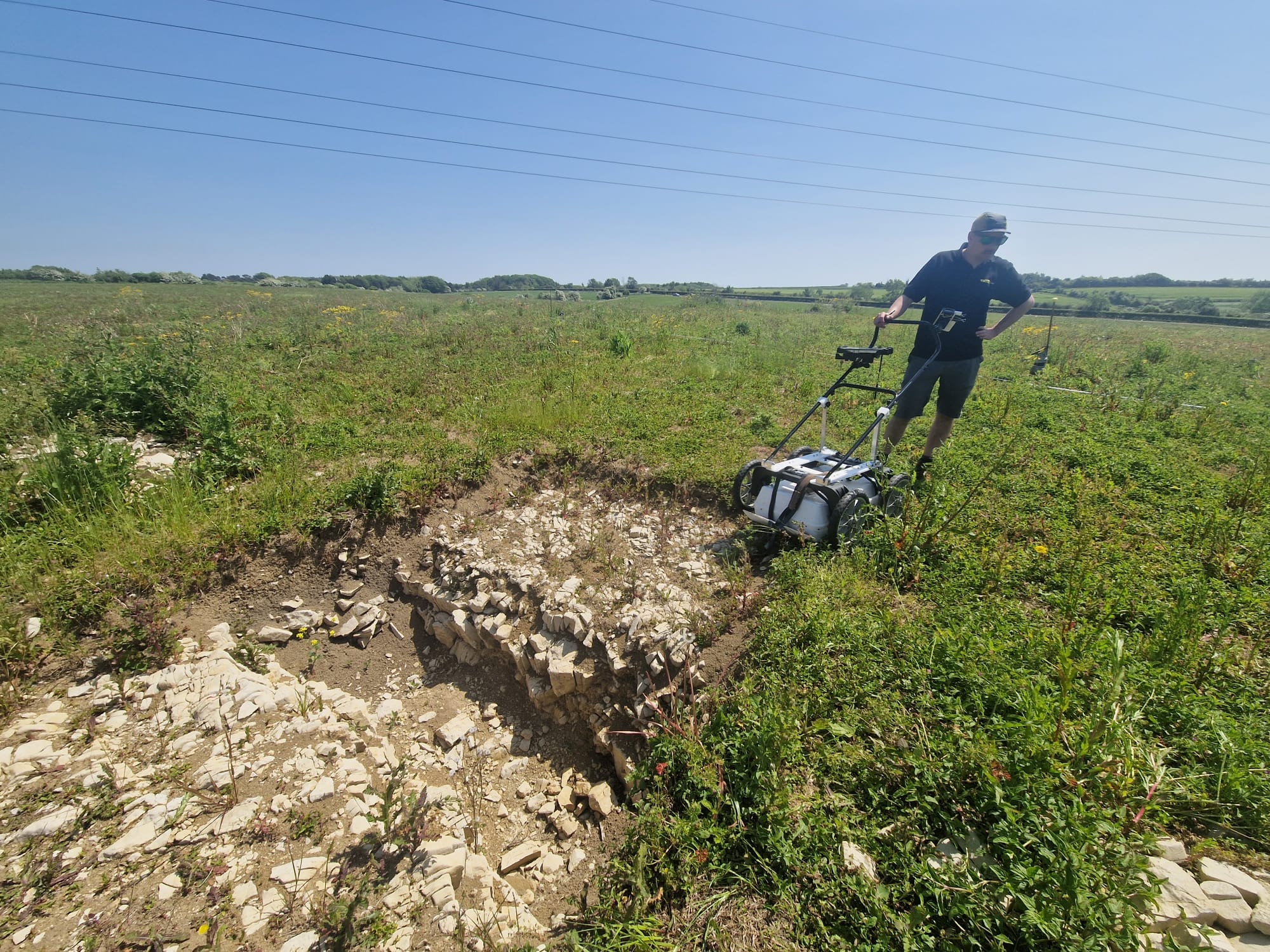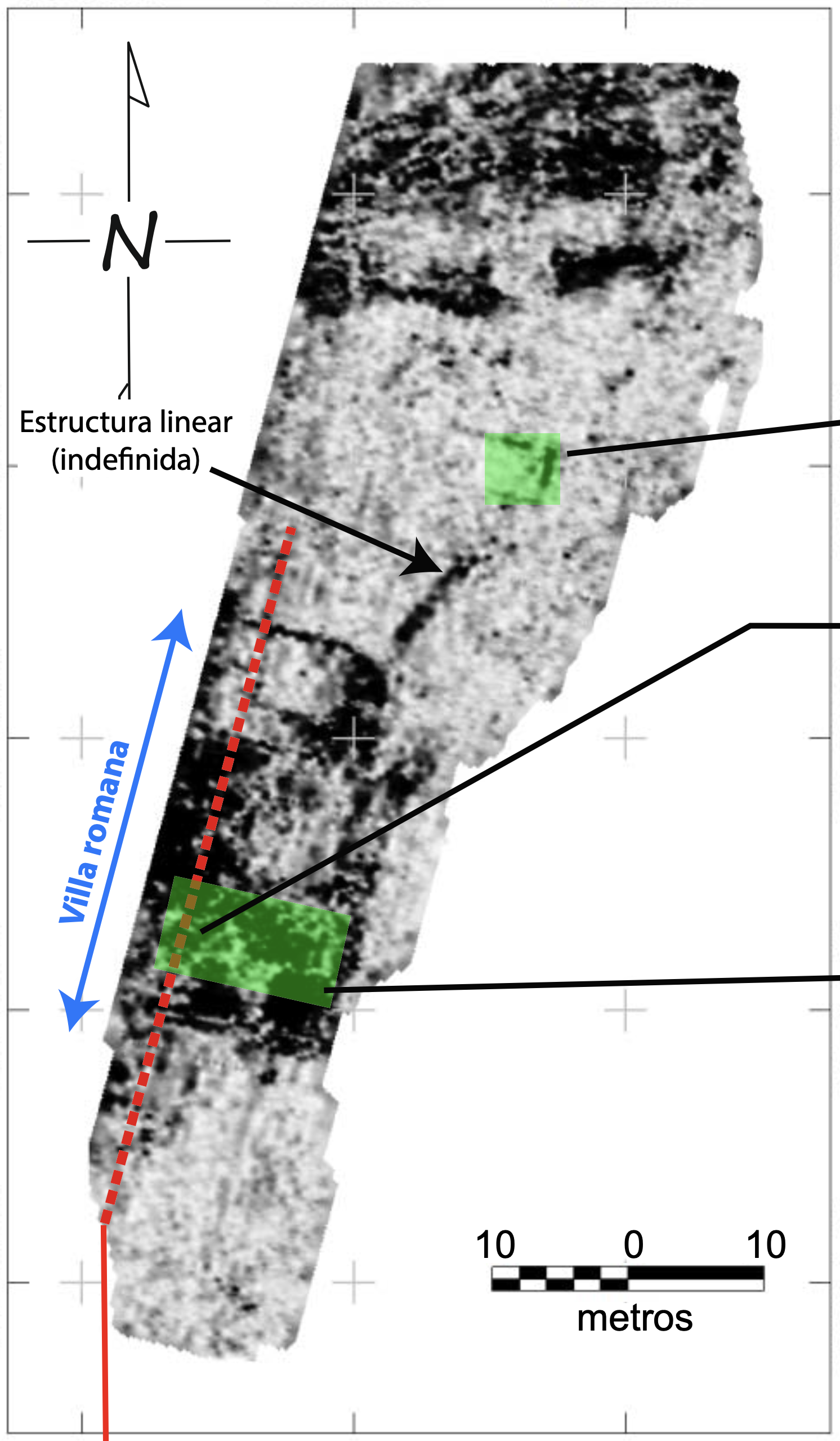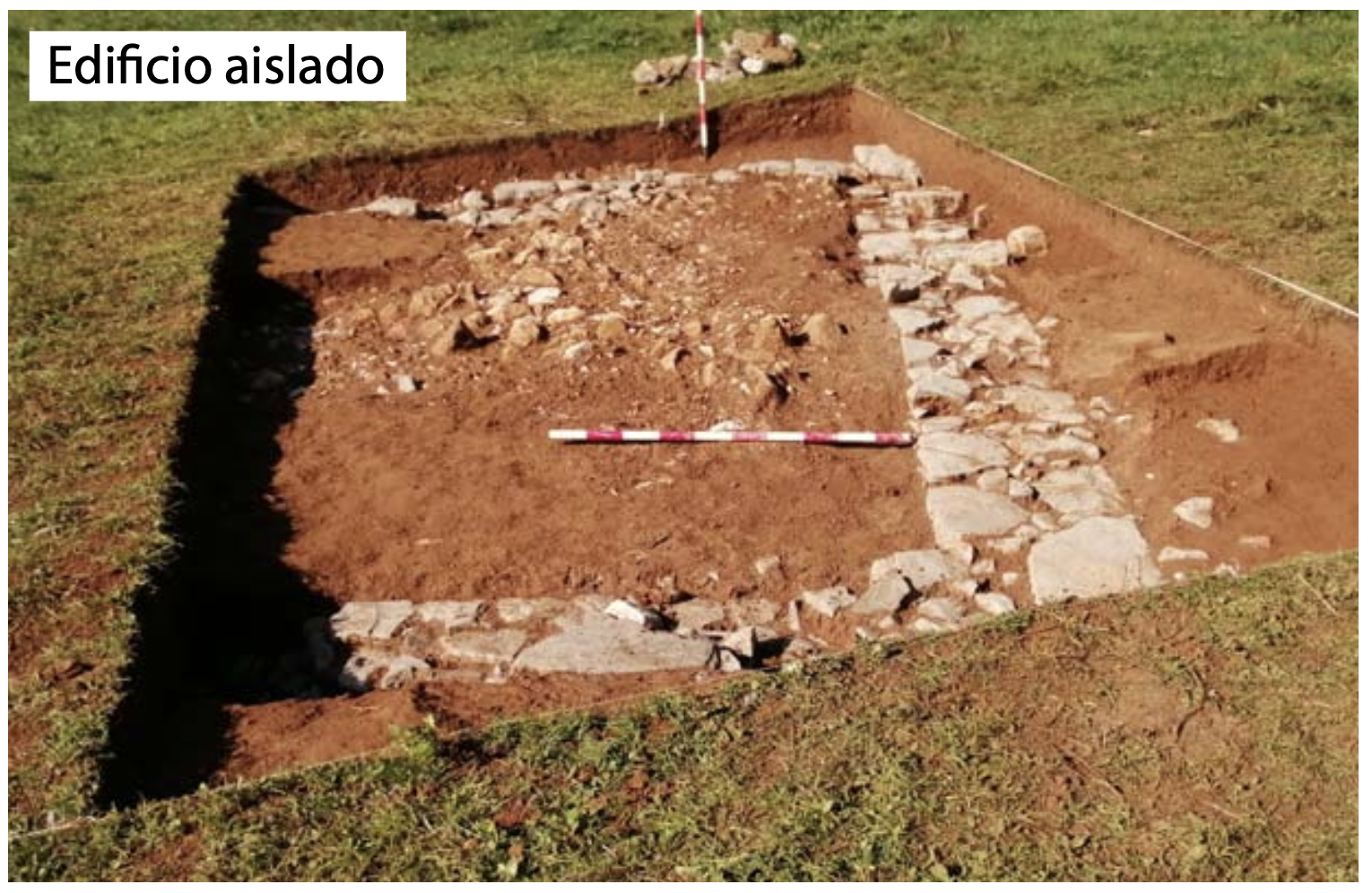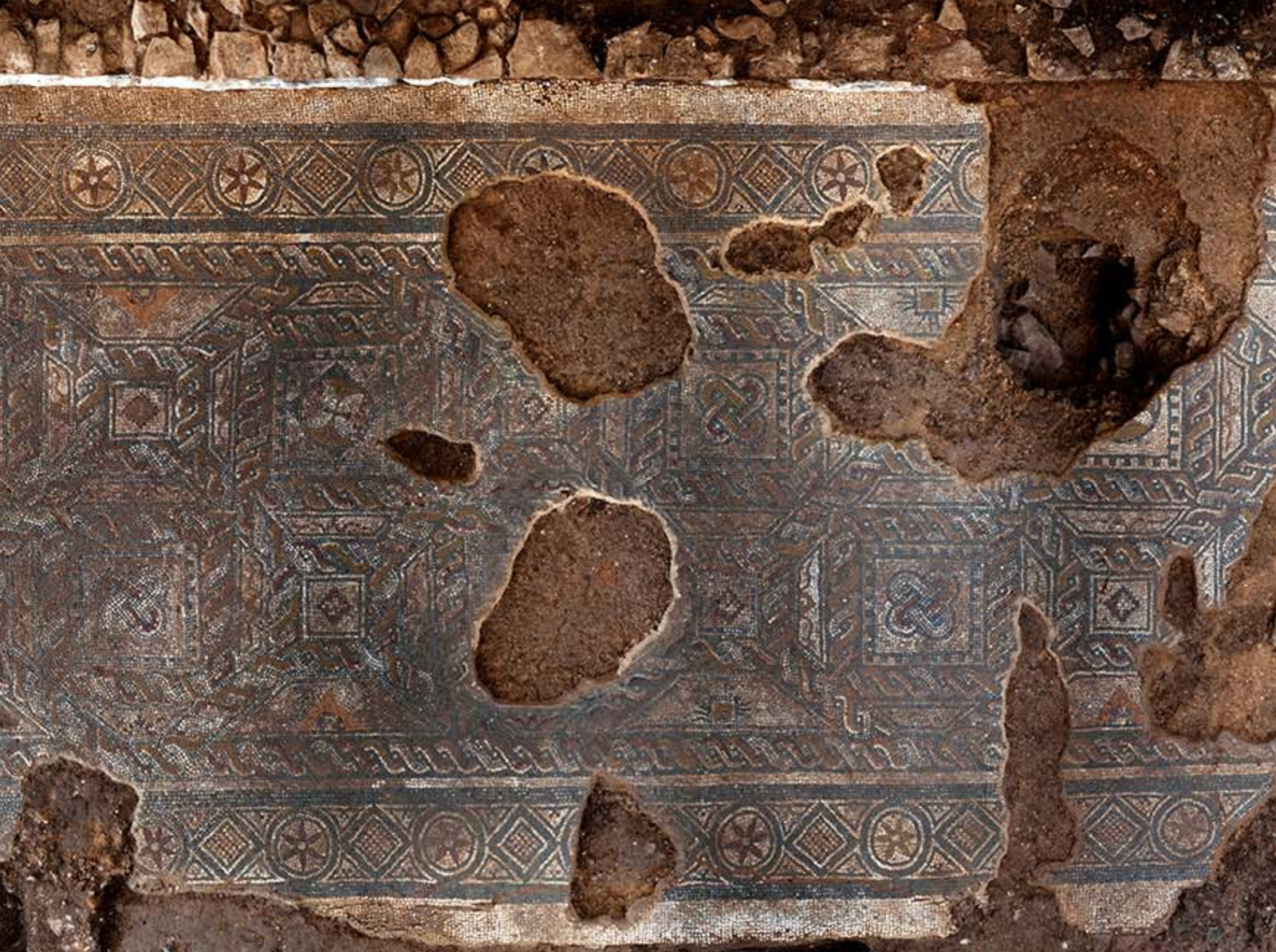Northern Spain boasts some of the most exceptional Roman archaeological sites globally, including grand villas, ancient roads, thermal baths, and formidable fortifications. One such site is the Roman Villa de San Martín de La Estaca, in Las Regueras, dating from the late 2nd to early 3rd century. This villa typifies the prevalent rural settlement of the era in Asturias. The complex comprised a residential area ("pars urbana") for the owner ("Dominus") and his family and a functional section ("pars rustica") for agricultural operations that sustained their livelihood.

The main structure of the villa featured two courtyards with various rooms arranged around them. Notably, the house contained at least two decorative mosaics on its floors, with one unearthed in 1962 and another representing one of the largest mosaics discovered in Asturias, excavated in 2019. Both mosaics exhibit geometric patterns. The villa also included auxiliary buildings for daily activities, such as stables, barns, cisterns, forges, and housing for workers.

Furthermore, these Roman-era complexes were designed with advanced infrastructure, including pathways, water collection and drainage systems, and irrigation channels, all of which are being documented at this site.
TerraDat's geophysical expertise recently played a pivotal role in revealing Asturias' largest Roman mosaic. Measuring nearly 11 meters in length and 4 meters in width, this intricate mosaic features classical designs, showcasing motifs such as the Greek meander, guilloche, and Solomon's knot.
Dr. Javier Olona, the team leader and a seasoned geologist/geophysicist, explained the process:
"Utilising ground-penetrating radar (GPR), we detected signals of a hidden pavement beneath La Estaca's surface, directing archaeologists to the precise location for excavation. They unearthed a magnificent Third-Century AD mosaic, the most extensive ever found in the region. This discovery has not only enthralled the archaeological community but has also drawn interest from various scientific disciplines."

The significance of Roman archaeological finds in Asturias is immense. The region, steeped in a tumultuous history, witnessed fierce resistance to Roman conquest. This culminated in Emperor Augustus leading 80,000 troops in 25 BC to subdue the local Celtic tribe, the Astures, who expertly utilized the mountainous terrain for guerrilla warfare. Despite a costly Roman victory, Asturias remained only partially subdued.
The Roman legacy in Asturias is rich and varied. Sites like the Veranes village, Campa Torres, the thermal baths at Camp Valdés, and the Third-Century Roman wall in Gijón provide insights into Roman life and culture. These sites, coupled with an extensive network of Roman roads and the exploitation of gold mines in western Asturias, underscore the region's significance to the Roman Empire and its booming trade.
TerraDat's contribution to the discovery of the La Estaca mosaic was instrumental. The team used magnetic surveys and GPR techniques to scan the site meticulously. Magnetic surveys detect anomalies in the Earth's magnetic field caused by ferrous materials and soil disturbances, revealing potential archaeological features. GPR, on the other hand, uses electromagnetic waves to image the subsurface, identifying buried structures and features at varying depths. By integrating these methods, TerraDat generated comprehensive 2D and 3D representations of the subsurface, enabling archaeologists to locate and excavate the mosaic with precision.
In addition to La Estaca, TerraDat's investigations extended to the cathedral in Oviedo, aiding archaeologists in their search for ancient structures such as early churches.
How could these TerraDat Archaeological Geophysics help you?
Many planning authorities will insist on an archaeological survey before work begins at any site where there could be historical remains.
Our magnetic and GPR surveys will help you discover whether you have archaeology which needs to be investigated or whether you can proceed with your building work.
The same techniques are also useful for determining whether you have metal deposits at your site.
Call us on +44 (0) 2920 700127 or email web@terradat.co.uk for more information.

